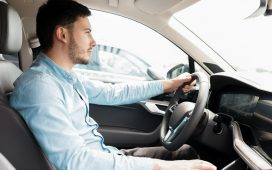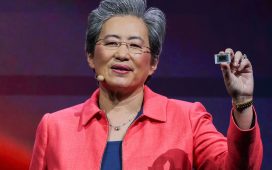If everybody knows one thing about EV performance, it’s that they’re crazy quick off the line. They hit 60 miles per hour in almost no time—only 1.9 seconds for the Tesla Model S Plaid—and they can easily keep it up for a full quarter-mile pass. Drag races against run-of-the-mill performance cars with internal combustion engines just aren’t fair, and you can find dozens of videos of EVs lighting up drag strips all over the world. From here on out, though, you won’t find any filmed at Willowbank Raceway because the facility just banned electric cars from testing and competing due to safety concerns.
The complex in Queensland, Australia announced the decision in a press release that was reported on by Drive.com.au.
“After careful consideration and investigation, Willowbank Raceway has decided that we can no longer allow road-registered Fully Electric Vehicles to race or test at Willowbank Raceway,” the release reads. “We have been reviewing the regulations from Motorsport Australia, NEDRA, as well as the emergency response procedures for specific vehicles and after information provided by these departments, we have determined that the risks associated with racing and testing Electric Vehicles are too high.
“This will take effect immediately and will only apply to Full Electric Vehicles at all events at Willowbank Raceway. We will continue to allow Hybrid Vehicles to run.”
The release goes on to expand on Willowbank’s reasoning, which largely has to do with fire and shock hazards. It points to worries about flammable gases that might be released by damaged batteries, as well as required fire suppression methods such as water baths that the track supposedly isn’t equipped to handle. The list also calls out that doors may not unlock from the outside, likely referencing Tesla’s pop-out handles which have caused problems before in collisions. Lastly, because emergency workers might not be able to confirm an EV is off following a wreck, Willowbank believes they’re at greater risk of handling a car that’s “live” which could harm the driver as well as first responders.
From what I can find, Willowbank hasn’t had any significant EV incidents that might have sparked this ruling. Of course, any good track is concerned about safety above everything else. Danger is always present with any type of high-speed action, and while you might be able to nitpick the track’s case for banning EVs, you can’t knock ’em for wanting people to stay alive. Plus, it’s not like the track benefits from ruling out quick cars.
People have their gripes—local EV owners especially—but Willowbank is only the latest motorsports facility to outlaw battery-powered cars. It joins Summit Point in West Virginia and Anglesey Circuit in Wales, which both made headlines for their decisions in the last two years. Modesty is the common denominator among these facilities as none are gargantuan with huge staff; they’re grassroots tracks for traditional motorsport.
The good news is that there seem to be other tracks nearby where EVs can race. A quick Google search shows several in Queensland, including Lakeside Park and Carnell Raceway. It just means a longer drive for Tesla owners and the like who live closer to Willowbank.
Got a tip or question for the author? Contact them directly: caleb@thedrive.com










